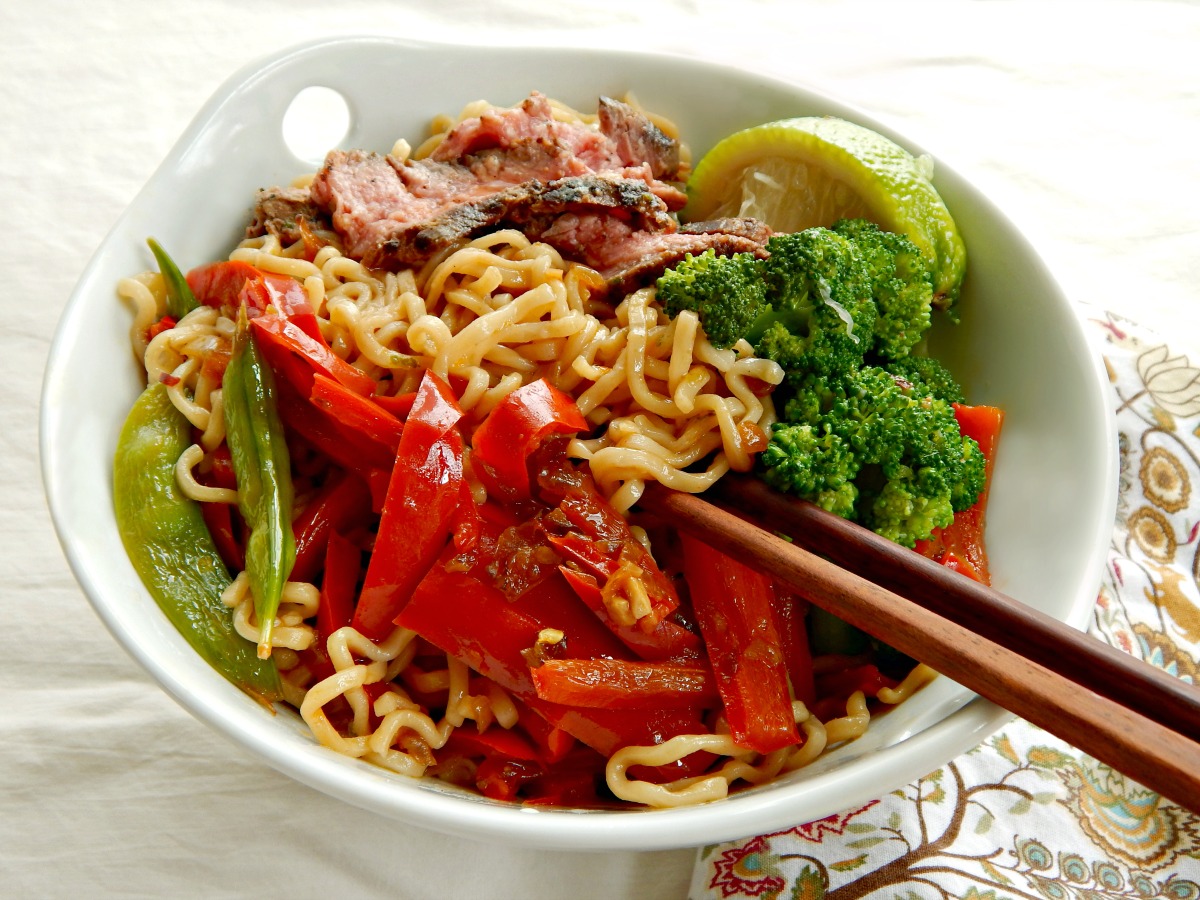Did you know leftovers are the most expensive food in the house?
They’re the product of your money, your time & your energy.
Start to think of leftovers in a new way: as fabulous building blocks just waiting to be refashioned into something marvelous, (scroll to the bottom for links to pages dealing with specific leftovers) not something to sit in the fridge until tossed.
There are two types of leftovers: Planned and those Smidges & Titches cluttering up your fridge.
And while there may be some overlap between the two types as far as ideas and recipes, I like to categorize leftovers by type to help you find the ideas & inspiration you may need.
Planned Leftovers:
Be intentional about your money, food & time. Make extra for your own “convenience food,” later. Develop a knack for identifying opportunities to shortcut meals. It’s cooking smart.
- At most basic, planning for leftovers might be making a large meal item so you’ll have leftovers.
- It might be making use of a longer cooking item (meat or poultry, or grains & beans) & planning several meals from it.
- It could be preparing & cooking more of an ingredient at the beginning of the week and making use of that extra, later.
- It certainly can mean cooking and freezing with plans to serve those meals later.
While planned leftovers save time, they’ll also save money:
- Every meal built on groceries bought on sale reflects those low prices. Chicken breasts on sale? Serve for dinner and make extra to put aside for a casserole later.
- Expensive, premium items (steak, salmon, etc.) can be “cost averaged” over more than one meal. It’s the “star of the show” the first night. A little set aside can be made over in soups, salad or sandwiches.
Smidges & Titches:
Containers of small bits of leftovers cluttering up your fridge are always an opportunity to refashion, although they may be more of a challenge than any planned leftover.
Click on the link for at the bottom of the page for Smidges & Titches & you’ll find ideas and inspiration broken down by the type of food. Remember:
- Do get creative, and see the links, below, for more ideas to refashion bits of this or that.
- Don’t save things you won’t eat. Waste is waste but wrapping and refrigerating that waste for several days then tossing it doesn’t mitigate the damage.
- Beware of letting bits and pieces waylay a careful menu plan, causing other food in your fridge to be wasted.
let’s talk about what food waste:
In August of 2017, the NRDC released an update on their landmark 2012 study, Wasted: How America is losing 40% of its Food. The huge amount not only affects budgets but resources as well. A few highlights:
- The average family of four wastes $1,345 to $2,275 worth of food each year. (It seems low based on what I know some people waste!)
- If the average American buys five bags of groceries the amount of waste is like dropping two of those bags in the grocery store parking lot.
- We waste over 400 pounds, per person, annually, over 10 times the amount of our counterparts in Southeast Asia or Africa.
- We reject food for cosmetic reasons, throw out items past or close to their “sell by” dates, and leave an absurd amount of food to rot in our fridges.
- We waste 50 percent more food today than in the 1970s.
- Several studies have found that approximately 3/4’s of people believe they waste less food than the average American…studies find that those who keep diaries of food waste underreport the amount by about 40 percent, compared with what can be found in their garbage.
- In the United States, more than 80 percent of consumers report that they discard food prematurely due to confusion over
expiration dates.
Food waste does not just impact us on a personal, financial level, it impacts planetary resources at all stages. This article from Forbes is an eye-opener.
helpful links:
Taking advantage of leftovers can be a bit of a dance, with a few ad-lib moves interrupting the pattern. Learn to do that dance well and you’ll not only eliminate potential waste but make the most of your time, effort and money. Here’s plenty of links to help give you your best moves.






6 thoughts on “Fabulous Leftovers”